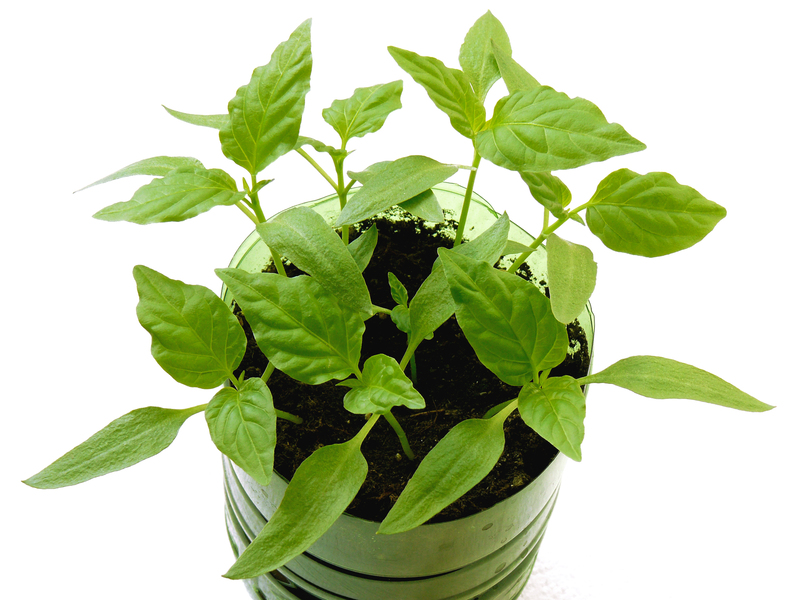Glass Recycling: Important Tidbits to Grasp
In a world increasingly conscious about sustainability, understanding the intricacies of glass recycling becomes essential. Glass recycling not only conserves natural resources but also plays a pivotal role in environmental conservation. Below, we delve into important aspects, benefits, and challenges associated with this vital process.
Why Is Glass Recycling Crucial?
Glass is a remarkably sustainable material. It is 100% recyclable, which means it can be recycled indefinitely without any loss in quality or purity. This attribute uniquely positions glass as an environmentally friendly packaging option. Here are some reasons why glass recycling is paramount:
- Conservation of natural resources: Recycling glass significantly reduces the need for raw materials like sand, soda ash, and limestone.
- Energy efficiency: Recycled glass, referred to as cullet, melts at a lower temperature compared to its raw material counterpart, saving substantial energy.
- Reduction in landfill use: Glass constitutes a considerable portion of waste. Recycling helps in minimizing the waste sent to landfills.

Understanding the Glass Recycling Process
The glass recycling process involves several **steps**, ensuring the material is efficiently reused. Below is a comprehensive breakdown:
1. Collection and Sorting
Glass recycling begins with the collection of glass waste. This waste is often segregated into different colors - green, brown, and clear. Color separation is a critical step as the chemical composition of glass varies by color.
2. Crushing and Cleaning
The sorted glass is then crushed into smaller fragments known as cullet. During this stage, any impurities such as labels or caps are removed. The thorough cleaning ensures that the cullet is free from contaminants that may affect the recycling process.
3. Melting and Molding
Post-cleaning, the cullet is melted in a furnace. This step is energy-efficient since cullet melts at a lower temperature than its virgin counterparts. The molten glass is then molded into new products, ready to be used once again.
Challenges in Glass Recycling
Despite its obvious benefits, glass recycling faces several challenges:
- Contamination: The most significant hurdle is contamination by non-recyclable materials, which can compromise the quality of recycled glass.
- Cost factor: While recycled glass production is energy-efficient, the collection, cleaning, and sorting processes still incur costs.
- Variability in demand: The market demand for certain colors or types of recycled glass varies, influencing the recycling rate.
Innovations in Glass Recycling
Continued innovation in glass recycling is crucial for its success. Here's how technology is paving the way:
Advanced Sorting Technologies
Modern recycling facilities are leveraging optical sorting technologies. These technologies analyze and separate glass by color and composition with precision, reducing human error.
Improved Melting Techniques
New furnace designs are improving the efficiency of the melting process. These advancements not only save energy but also enhance the quality of recycled glass.

The Environmental and Economic Impact of Glass Recycling
The impact of recycling glass is far-reaching:
- Climate change mitigation: By reducing the dependency on raw materials and lowering energy consumption, glass recycling plays a role in fighting climate change.
- Job creation: The recycling industry contributes significantly to the economy by creating direct and indirect jobs.
- Community benefits: Clean and functioning recycling programs contribute to environmental awareness and community well-being.
Conclusion: Embracing Sustainable Practices
The importance of understanding and participating in glass recycling cannot be overstated. By recycling glass, we conserve resources, save energy, and reduce our carbon footprint. Whether it's through individual action or as part of systemic industrial practices, glass recycling represents a crucial step towards a more sustainable and environmentally-friendly future.
We must all strive to embrace sustainable practices in our daily lives. With continued innovation and community participation, the potential of glass recycling is boundless. It's an indispensable element in the journey towards a cleaner, greener planet.
Start today by being mindful of how you dispose of your glass waste. Encourage your community to understand the importance of glass recycling, ensuring that our actions today build a sustainable tomorrow.